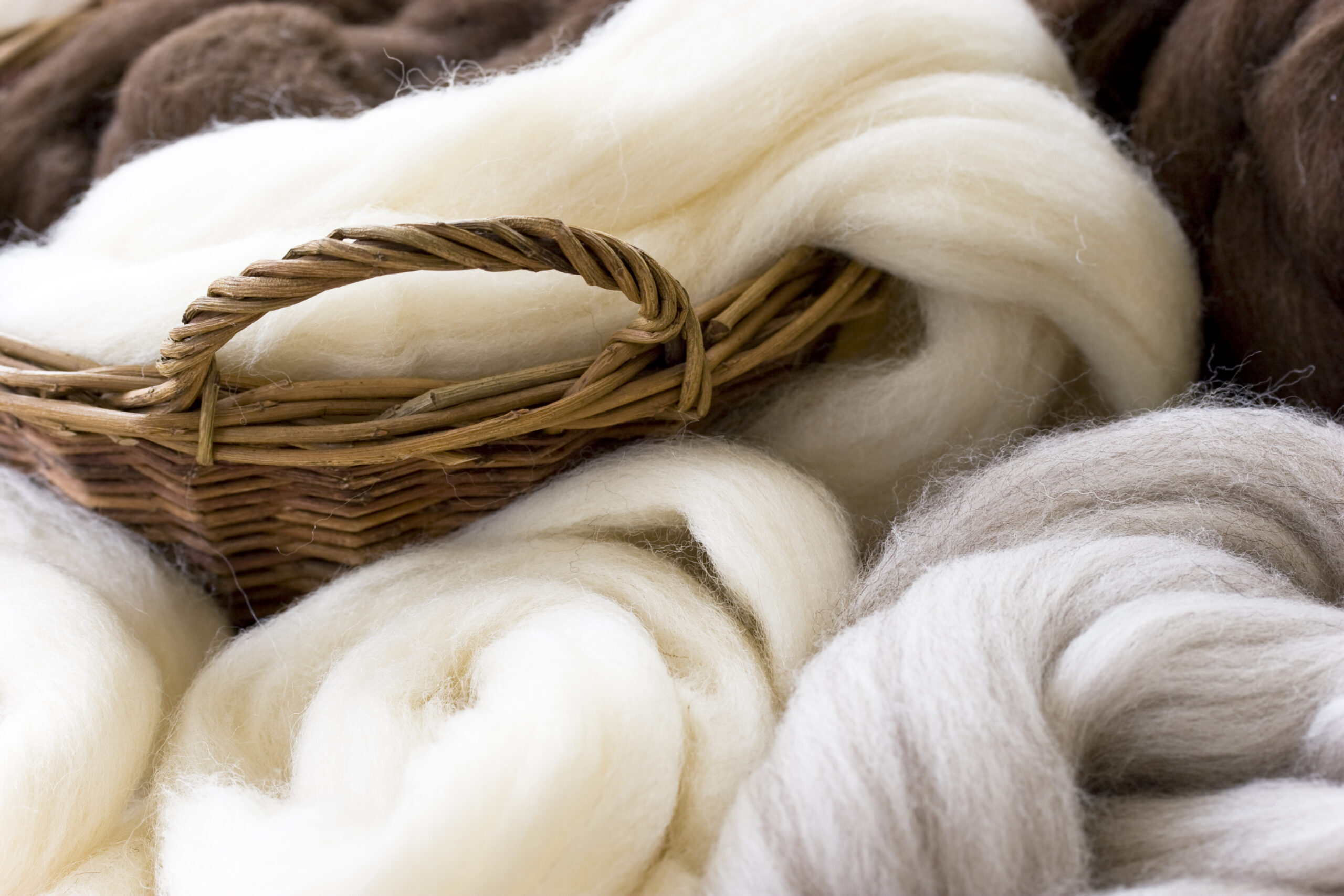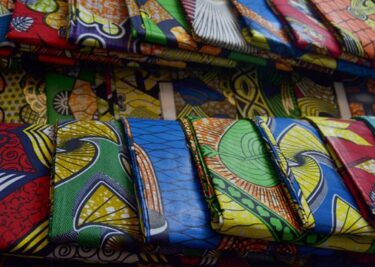Wool Making: Fleece to Fabric

Image credit: LoveToKnow
For centuries, wool has been the go-to textile for making heavy garments for cold seasons. This tradition is intricately woven with the art of sheep rearing in Kenya which can be traced back thousands of years. The adaptability of sheep to various climates makes them valuable livestock to breed. However, it’s the highland areas, with their cooler temperatures, that offer the perfect environment for rearing sheep for wool production.
When it comes to the quality of fleece, not all sheep are created equal. The Merino and Corriedale breeds stand out as the best wool producers due to their exceptional fibre quality and versatility. Merino sheep, known for their fine, soft fleece, are favoured for crafting luxurious textiles. Corriedale sheep, on the other hand, produce medium-grade wool that caters to a wide range of textile needs.
Wool Harvesting
The journey from fleece to fabric begins with the practice of shearing. Typically done once a year at the start of the warm season, shearing is a vital step for both the well-being of the sheep and the quality of the wool. Regular shearing prevents overheating during warmer months and promotes healthier fleece growth.
After shearing, the fibres are cleaned to remove impurities. Traditional techniques involve hand-picking and scouring the fleece using water and mild soap. This process ensures that the fibres are free from dirt and natural oils, preparing it for the subsequent stages. Carding comes next, a process through which the fibres are aligned and any remaining impurities removed. This is achieved using a tool called a card, which resembles a brush with fine wire teeth. The carding process results in a fluffy and uniform mass of fibres, setting the stage for the next step.
Weaving Warm Woolen Products
Spinning is the art of twisting the carded fibres into yarn or thread. A drop spindle, commonly used for spinning, allows artisans to control the tension and thickness of the yarn, resulting in various textures and thicknesses that add character to the final product. Before weaving, wool is often dyed using natural pigments. These pigments are derived from plants, minerals, and other natural sources, giving the textiles a range of earthy and vibrant colours.
The final stage in the process is weaving, a technique that transforms the wool into blankets, coats, and even carpets. The intricate art of weaving is a testament to the skill and dedication of Kenyan artisans. In recent times, technology has played a transformative role in the wool-making process. Modern machinery has streamlined these stages, making wool production more efficient while preserving its traditional essence.
A Celebration of Ethical Production
Wool holds a special place as an animal product sourced through cruelty-free methods — an aspect cherished by animal lovers and conscientious consumers alike. This ethical foundation, where the well-being of the sheep takes precedence, adds a profound layer to the textile’s allure.
What other wool products do you know, and what are they called in your community?



